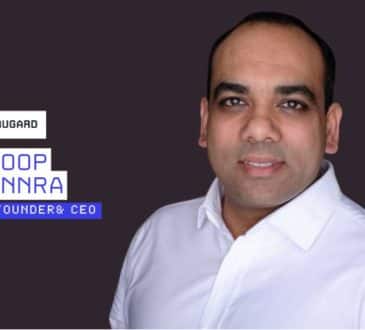Eliminating expensive inefficiencies with process and task mining

Inefficient business processes cost over $3 trillion annually, according to a Harvard Business Review estimate. And that’s before the onset of a pandemic that dragged many employees home, without laptops optimized for secure access to corporate systems, among other headaches.
Even in the best of times, the list of habits that can drag down productivity and best practices is long and familiar: redundancies, compliance gaps, and staffing inefficiencies, to name a few. Arguably greatest of these – and an area that touches all corners of a business – is the proliferation of manual processes that could be automated, or at least streamlined.
The new face of streamlined workflows
While basic Process Improvement is not new, the last few years have seen a marked advancement in what is now called process and task mining
Process mining is a computer-based algorithm that automatically understands company’s processes, visualizes them, and determines exactly how well or poorly those processes are executed. Task mining is similar in that it tracks how employees interact with various applications and where they lose their time.
Combined process and task mining provide a concrete picture of how long a process or task is taking versus how long it should take. The analysis pinpoints the chokepoint – where and how efficiencies first go off the rails – where a delay starts, and why a process takes so long, where one system isn’t integrated with another.
As an example, a bank with $19 billion in revenue deployed a new loan origination system, which led to significant issues with employee adoption and customer experience. StereoLOGIC’s process and task mining solution helped the bank diagnose and resolve these issues – saving the bank $15 million annually, and accelerating customer service by 22%.
Such results are possible because a good mining solution will identify both well-performing and inefficient processes as they occur, in real time. It is also holistic, meaning it will integrate both technical and user information, and can be deployed by an enterprise without disrupting current IT infrastructure.
Spotting the solutions
Usually, the solution is to optimize or automate the process at these points to reduce human error, streamline client and employee experience, or increase profitability. With so many systems interconnected, the outcome should offer a fix for not only the problem at hand, but also optimization across different departments and activities. At the very least, implementing a process and task mining solution should not make everyone’s lives harder. A good process and task mining software can either be installed on-site or on a private or external cloud, whichever is easiest and causes the least disruption.
Texas Life Insurance, for example, needed to fix a complex billing process that was causing lost revenue, weakening customer service, and costing considerable overtime. After applying StereoLOGIC and recommending changes, the company experienced 30% savings in customer service costs, 19% savings in billing costs, and 34.5% savings in case implementation.
An advanced remote mining solution can also monitor the activities of employees working from home and can analyze processes as they happen. It can see how different processes and IT systems work (or don’t) together, which are overutilized and which may be unnecessary or duplicative. This method helps create a model, or digital twin, which can be leveraged to customize solutions unique to each department or employee.
Efficiencies with a human face
A new level of understanding the inefficiencies and their root causes is accomplished by task mining, which analyzes human interaction with the process in question. Unlike conventional process mining tools, which focus on selected IT systems, task mining enables finding inefficiencies in the work of people with all systems, applications, office and productivity tools. Automation is often part of the solution, as it can streamline the employee and customer’s experience or reduce the chance of human error.
In another real-world case, Pitney Bowes initiated a back-office customer management improvement project to reduce operational costs. After running the process mining exercise, customer service response time dropped 56%, customer service error rates dropped to almost zero, and operational costs fell by 30%.
Discovering and implementing the right process mining system – one that includes task mining and can quickly produce results without disrupting the company’s enterprise – can be one of the best ways to improve employee performance, reduce inefficiencies, and better serve customers. By eliminating such inefficiencies, companies can improve productivity – and save millions.
Written by Stan Passov.
Bring the best of the CEOWORLD magazine's global journalism to audiences in the United States and around the world. - Add CEOWORLD magazine to your Google News feed.
Follow CEOWORLD magazine headlines on: Google News, LinkedIn, Twitter, and Facebook.
Copyright 2025 The CEOWORLD magazine. All rights reserved. This material (and any extract from it) must not be copied, redistributed or placed on any website, without CEOWORLD magazine' prior written consent. For media queries, please contact: info@ceoworld.biz











